|
Editor's note: In December 2017 the New York Times reported that chef Curtis Duffy and general manager Michael Muser left Grace after a dispute with the real estate investor that owned the restaurant. Days later it was announced that the restaurant will close. Grace is tucked away in a rather anonymous building west of the downtown area. The dining room has the subdued lighting favoured in so many US restaurants, with the brown carpet, mushroom coloured tablecloths and wood panelling creating a neutral setting. The seats in the dining room are pointed towards the altar of the semi-open kitchen visible at the far end of the room, the only brightly lit feature. Curtis Duffy had worked at Charlie Trotters before working with Grant Achatz at Trio and then moved to Alinea as its first chef de cuisine, for three years. His first head chef position was at Avenues, before opening Grace in December 2012. You choose from either a "flora" or "fauna" tasting menu at $235 (£149), though the kitchen is flexible about accommodating dietary preferences. The extensive wine list features around 1,400 labels, with bottles from around the world. Examples were Inman Pinot Noir 2010 at $60 for something that you can find in a liquor store for $26, Cuvee Frederich Emile 2006 at $160 for a wine that retails at $58, and Marques de Murietta Dalmau 2006 at $230 for a bottle that will set you back $119 in a shop. The meal began with a quarter of Australian truffle-based nibbles served on a "log" actually made from cork. A hazelnut tapioca chip with micro-planed truffle came with pearls of frozen creme Anglaise and pineapple sage blossom. This was pleasant though the coldness had a somewhat numbing effect on the other flavours. A second nibble on the log was of mushroom and black truffle with sea salt, which was fine. A third was grilled miniature naan bread with truffle butter and chive, the bread having reasonable texture and the truffle taste coming through Finally there was a cherry that had been pitted and filled with black truffle puree, which had good flavour but was a touch salty. As can be seen, this was all very elaborate, though the overall effect was enjoyable rather than dazzling (15/20). The next nibble was a little yoghurt pot containing poached Tasmanian trout with Oscietra caviar, lychee gelee and a brown butter and mushroom vinaigrette. As you peel back the yoghurt pot a little smoke appears, though it did not overwhelm the fish, as could easily occur. The trout was carefully cooked and the lychee provided a little acidity, the saltiness of the caviar working well with the fish (16/20). This was followed by frozen salted milk with dehydrated Sicilian black olive, blood orange, citrus puree and mint. The olive flavour came through quite well, as did the citrus, though milk has limited impact as a main element (15/20). Alaskan king crab in a cucumber broth was tipped by a sugar disc with sudachi (citrus), trout roe, seven-spice and lemon mint. The crab had good flavour, and the acidity of the sudachi was refreshing, the subtle hint of spice working nicely (17/20). At this point the first of a number of breads appeared, all made from scratch in the kitchen. Semolina with citrus roll had good texture and the citrus flavour was discernible. Hiramasa (yellow tailed amberjack) was grilled and served with charred squash, zucchini and cannellini beans, garnished with coriander, daylily flower and seaweed. There was a sauce of chimmichurri (garlic, vinegar, olive oil, parsley and oregano) The fish was cooked through and retained its characteristic dense, buttery flavour, and the garnishes worked well with it, but the beans tasted distinctly sweet, which for me did not pair well with the rest of the dish (15/20). At this point a nicely made pretzel appeared and we each tried separate dishes. Coconut custard was freeze-dried and came with coconut powder, kumquat, carrots and hoja Santa, an aromatic Mexican leaf. The coconut flavour came through well enough, and the other elements were as described, but this felt to me like several disparate elements rather than a really coherent dish (14/20). Much better was a squab dish, the leg meat confit with sunflower seeds both braised and made into a puree, with pickled pearl onions, golden and red beetroot, fennel and green strawberries. The bird had very good flavour and was resting in an excellent sauce of the cooking juices. The vinegar from the pickling nicely offset the richness of the squab, and the beets brought an earthy contrast, whilst the fennel was also good. This was the dish of the meal for me (18/20). This following course also diverged for the two of us. Broccoli florets had been charred but were served cold, with Marscapone, sumac and Meyer lemon. The tartness of the sumac was a good idea to balance the creamy cheese, but ultimately there is only so much excitement that can be generated by eating cold broccoli (14/20). I fared better with braised pig tail, braised red endive, pickled cauliflower and oxalis (word sorrel) with a port and red wine sauce. The pork flavour was good and the tartness of the sorrel and vinegar from the pickling managed to cut nicely through the richness of the meat, with the bitterness of the endive a good flavour pairing (17/20). At this point the final bread arrived, a muffin with coconut, ginger and basil replacing a honey wheat roll with spring onion. The breads were all of a good standard (16/20). For the last savoury course, our dishes again parted company. Morels with ravioli, truffles and ramp oil came with fingerling potatoes, black garlic consommé and chives. The pasta was a touch hard but the morels themselves were very nice (15/20). I had Miyazaki rib-eye beef seared and also served as carpaccio, alongside puffed rice paper, caramelised peanuts, green grapes, scallion and black mint. On the side the fusion effect was completed with a bowl of Thai chicken tom yum soup, made in the usual way with a rich broth of spices including galangal. The Japanese beef was very marbled and had good flavour, and the assorted accompaniments worked well, with the spicy soup livening things up and the crisp texture of the rice paper offsetting the soft texture of the beef (17/20). Before the main desserts we were brought a pair of little ice cream cones, one with vanilla and the other with chocolate ice cream, which were both very nice. The first dessert was a frozen sphere of kaffir lime leaf with confit strawberry, crispy brown butter, and yellow chartreuse, all resting on a shortbread biscuit. This was all very technical, though the strawberry was rather mushy, so it seemed clever rather than entirely successful; the bit of strawberry leaf lurking in one plate but not the other was presumably unintentional (14/20). I preferred the simple ice cream comes with their high quality ice cream (17/20). Panna cotta of coconut and chocolate came with kaffir lime and lemongrass sorbet with a fingerling lime citrus reduction. The texture was reasonable but the potentially strong flavours seemed oddly subdued (14/20). I preferred passion fruit sorbet with charred pineapple, lemon grass pudding with yuzu jelly. This was refreshing and enjoyable (17/20). Coffee was very good, from a local company called Sparrow. The espresso was Colombian, the filter coffee a blend of beans from Tanzania, Burundi and Sumatra. Service was excellent, with a very friendly and helpful sommelier who used to work at Alinea. The bill came to $344 (£219) per person before tip, so $400 (£254) all in, with a bottle of the lovely JJ Prum Wehlener Somnenuhr 2004 at $134 (which retails at $47). With a modest wine a typical cost per head is still going to be around £225. Overall the meal was less experimental than I had feared, with the squab dish particularly nice, and no really troubling flavour combinations. The value for money factor is debatable, especially if you missed out on the best dishes, which for me were the meat based ones. The cooking style is nothing if not complex, with a lot going on in terms of elements per dish. The kitchen technique was good though the standard of dishes varied somewhat, as is almost inevitable in a tasting menu format. As usual with US restaurants, its Michelin rating raises expectations - would this restaurant really get three stars in Paris? Hardly, though this is a criticism of Michelin USA’s wildly generous ratings rather than of the restaurant. |

Grace
652 W Randolph Street, Chicago, Illinois, United States
- Map
- +1 312-234-9494
- Restaurant website
-
 Grace closed in December 2017
Grace closed in December 2017

-
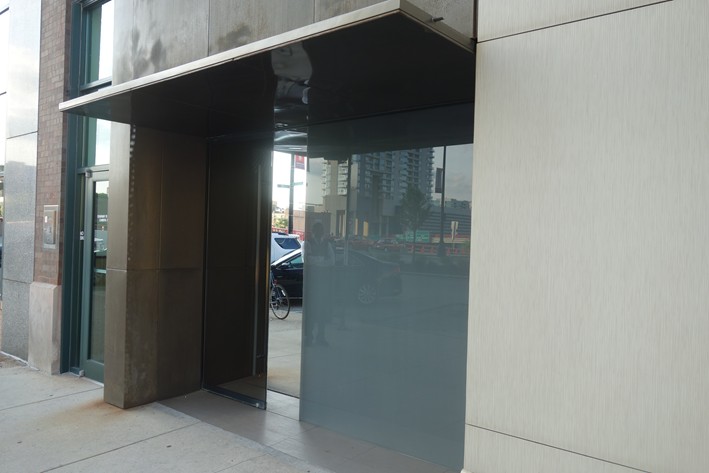 outside
outside

-
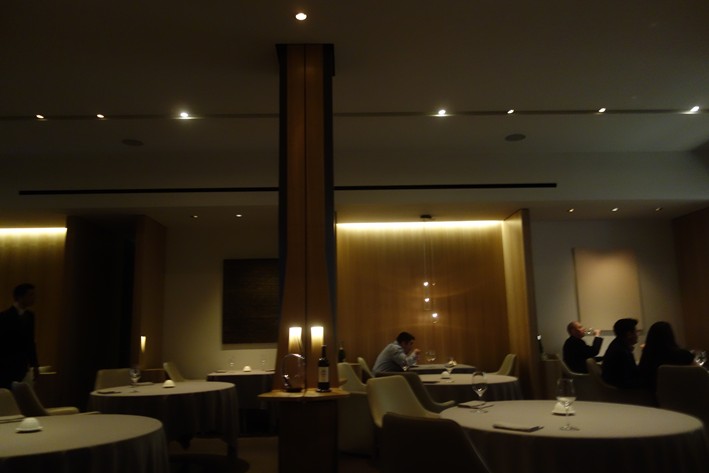 dining room
dining room

-
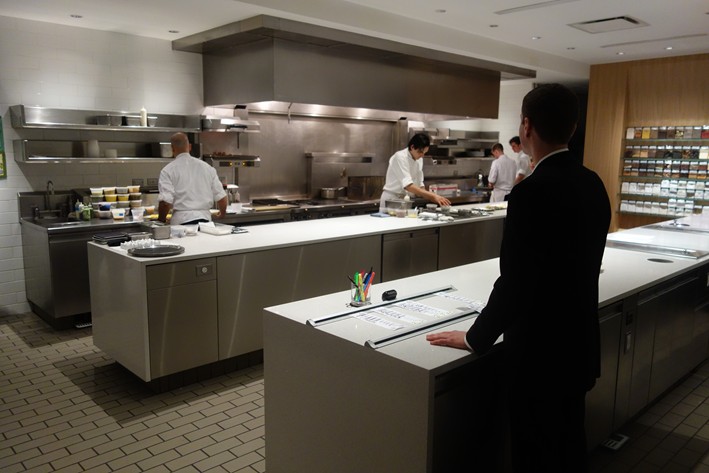 kitchen
kitchen

-
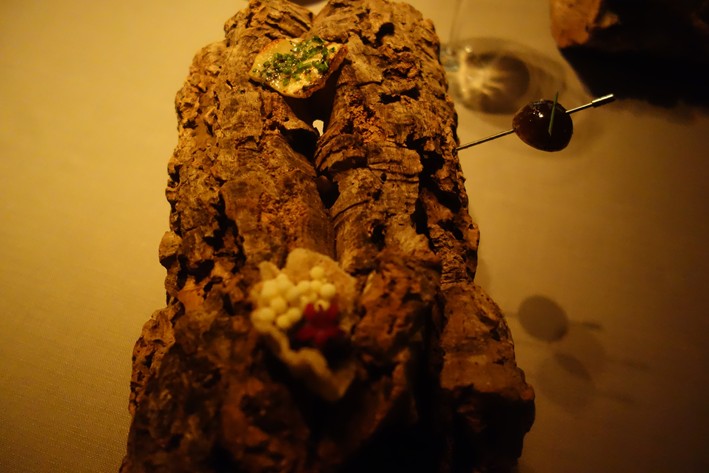 nibbles served on log
nibbles served on log

-
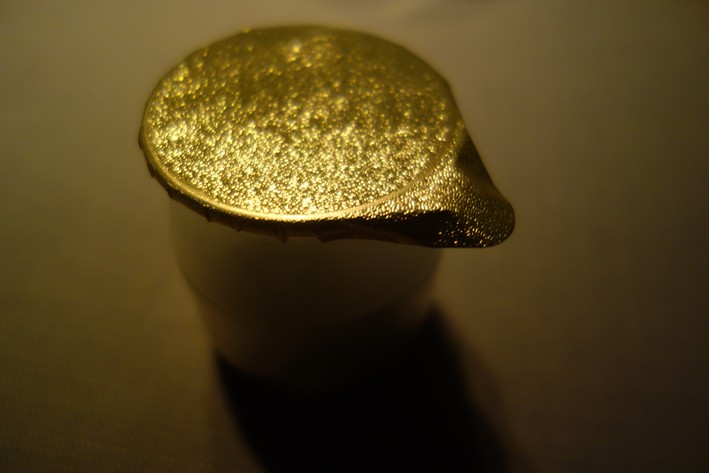 yoghurt pot
yoghurt pot

-
 amberjack
amberjack

-
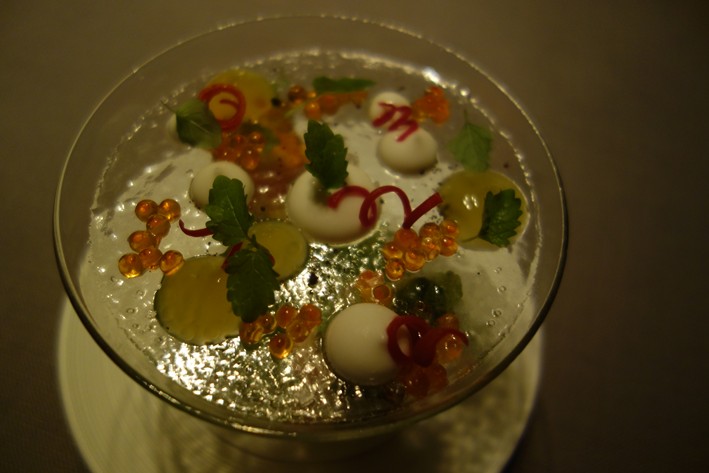 king crab
king crab

-
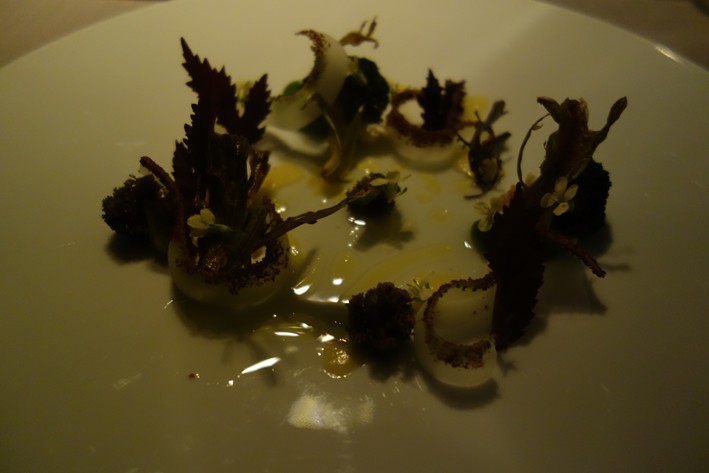 broccoli
broccoli

-
 frozen milk and blood orange
frozen milk and blood orange

-
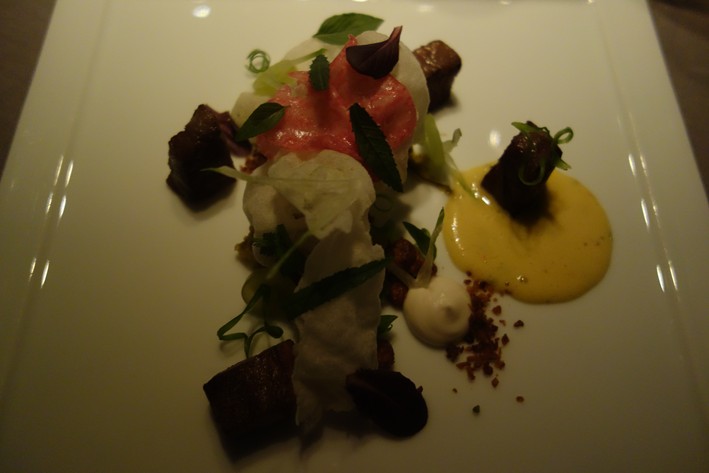 beef
beef

-
 panna cotta
panna cotta

-
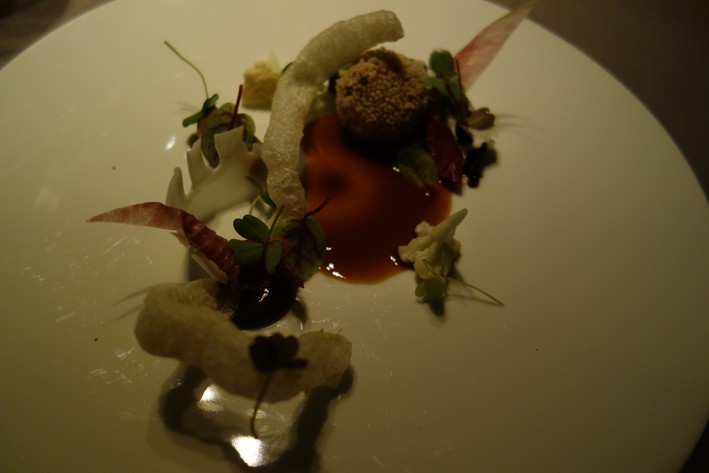 pig tail
pig tail

-
 squab
squab

-
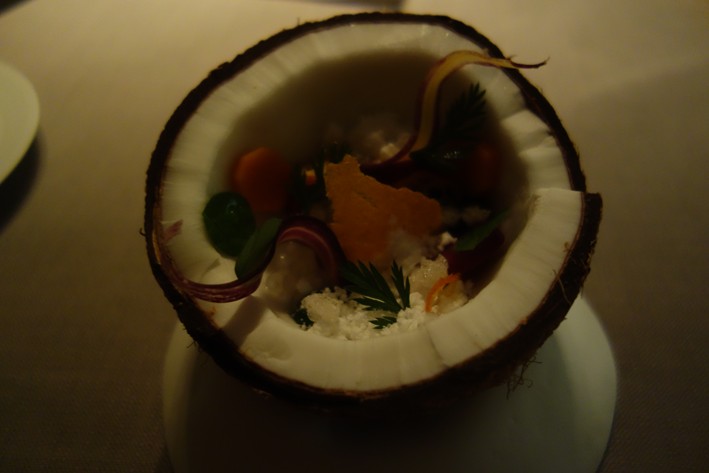 coconut
coconut

-
 kaffir lime sphere
kaffir lime sphere

-
 passion fruit
passion fruit

American cuisine
 Average Price £225
Price I paid £254
Value for money
££££££
Overall rating 16/20
Average Price £225
Price I paid £254
Value for money
££££££
Overall rating 16/20

The type of cuisine served at this restaurant
Typical price for three courses and modest wine
What I actually paid on this particular visit
Calculated from overall rating/average price: £££££ is best, £ least good
Score for the food from 1 to 20, with 20 being world class
Add a comment
User comments
×
![]()


















Sayan4
16/20 sounds really a very generous score for this place, which i think foodwise should barely be a one star, beside sevice which is definitely good. One of the least exciting three stars experience ever, and overrated even for the poor US food standards